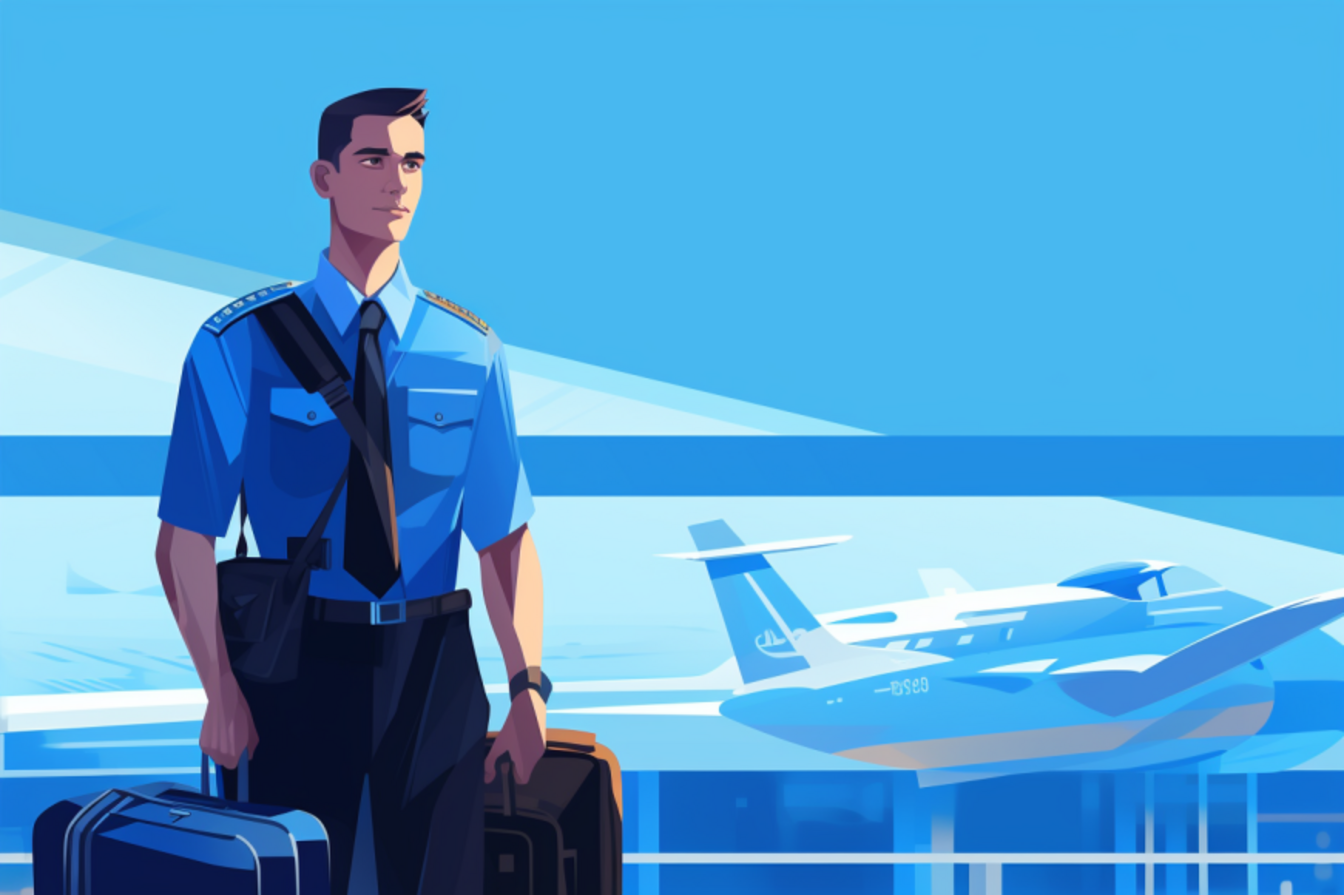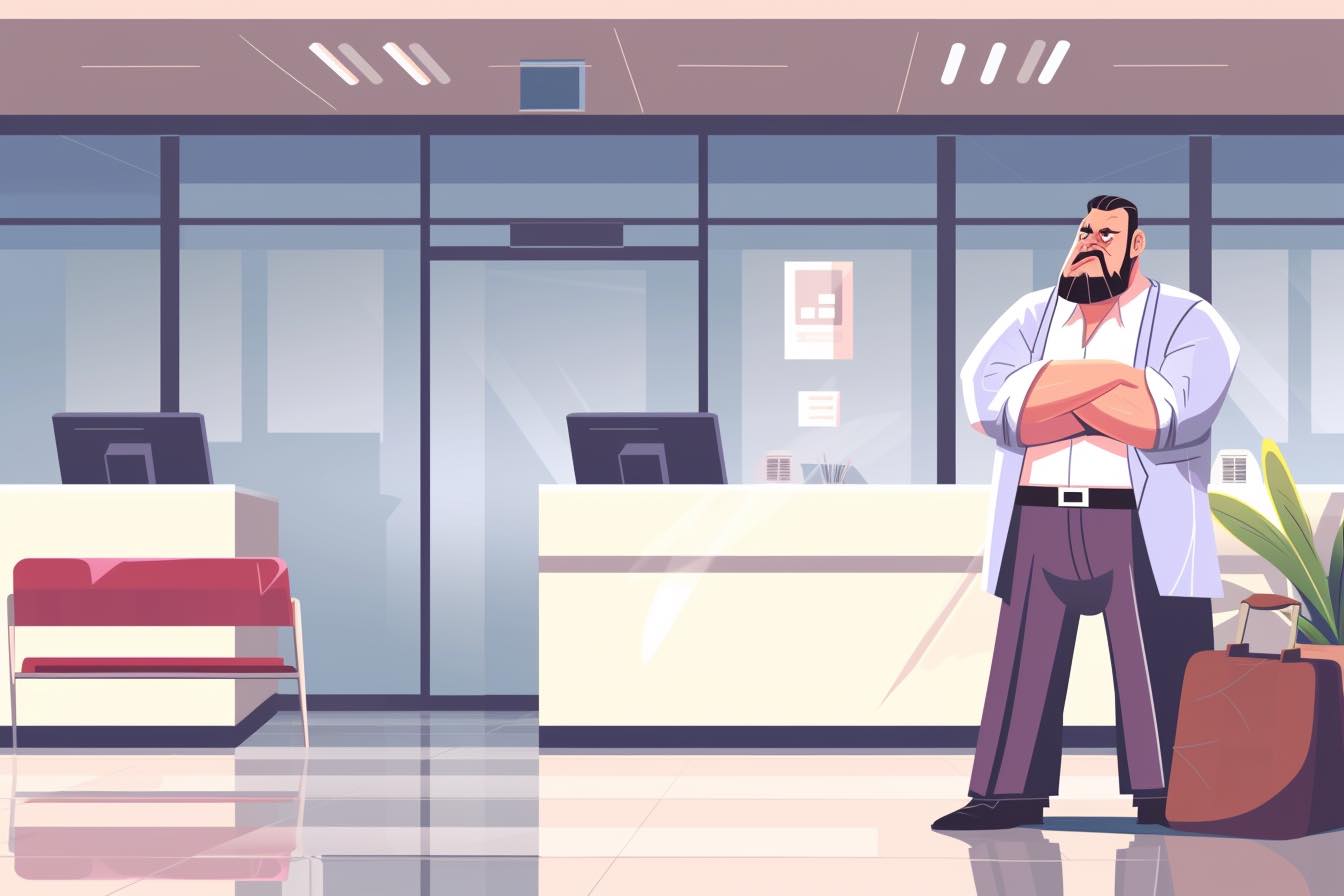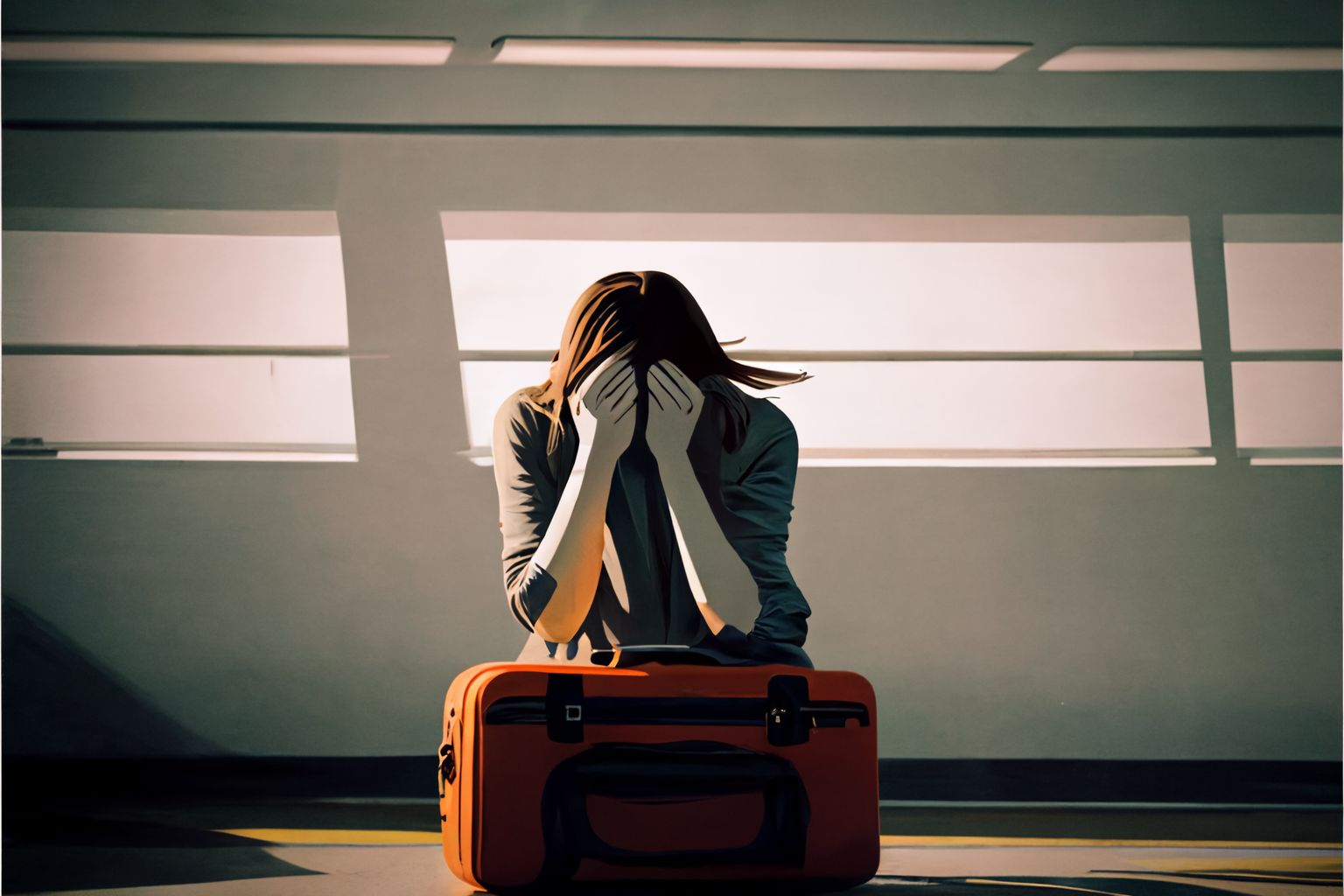The TSA Transportation Security Administration’s campaign to confuse airline passengers has intensified. After posting a revised statement and Q&A about Northwest Airlines Flight 253 to its Web site yesterday that essentially said nothing, travelers are expressing frustration with the agency that’s supposed to safeguard America’s transportation systems.
“Ridiculous!” says Jean How, a retiree from Holbrook, NY. “Rather than correct the problem, the TSA is simply doing a CYA procedure and instituting the most dumb and irrational procedure anyone has come up with to date.”
The TSA appears to have backed off from its first security directive and is now allowing passengers on inbound international flights to stand up less than an hour before landing (but saying passengers “need to abide by crewmember instruction”), permitting in-flight entertainment devices and other electronics to be turned back on, but also adding additional checkpoints, according to sources who have seen the revised directive.
But that’s not the real story. American travelers are far more concerned about what security precautions will be taken domestically — and there, we have little to go on except the TSA’s vague security-speak.
Here’s how (and when) it addresses the issue on its site:
TSA has a layered approach to security that allows us to surge resources as needed on a daily basis. We have the ability to quickly implement additional screening measures including explosive detection canine teams, law enforcement officers, gate screening, behavior detection and other measures both seen and unseen. Passengers should not expect to see the same thing at every airport.
What does that mean?
So far, most passengers haven’t noticed any big changes. No longer lines. No extra security checks.
It’s as if nothing has happened.
One of the few exceptions was an observation from reader Kevin Stuart Murray, who dropped his parents and grandparents off at Baltimore airport yesterday. “In the gate area there were TSA people doing random search and pat-downs of people,” he told me. “I expected this, because when I flew out of Albuquerque to Baltimore last Jan. for Obama’s inauguration, they were doing random checks of people.”
I haven’t seen any security directives that address domestic flights, but if there’s anyone out there who is aware of such an order, please let me know. (Here’s how to handle the TSA when you travel.)
Confusion for air travelers
Meantime, it’s apparent that TSA’s “layered” approach to security has created layers of confusion for air travelers. Some passengers are confusing the international security requirements with the domestic ones. Others think the older security directive remains in place, when, in fact, it’s been rescinded. Most are just plain confused. There are things that you should never say to the TSA. And there are times you should stand up to the TSA.
All we can do at this point is laugh about it. I recommend Jared Blank’s fictitious TSA press release and Andy Borowitz’s spoof on terrorist ID cards.
Confused, too? Send me an email and we’ll commiserate.
Update (11:15 a.m.): From an airline insider. TSA’s “silly rules” have been lifted on inbound international flights.
– IFE, wireless internet and moving maps are no longer needing to be disabled.
– Passengers are no longer required to remain seated within one hour of landing at a US airport when leaving an airport outside the US.
– Passengers are now able to have blankets, pillows on their laps and they can access their carry-on luggage inflight in the last hour.




